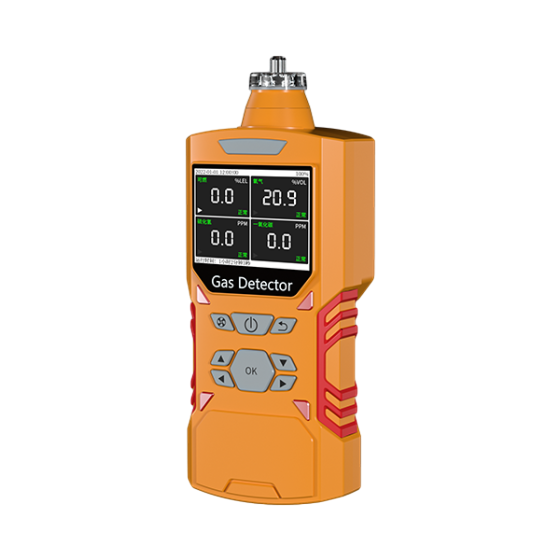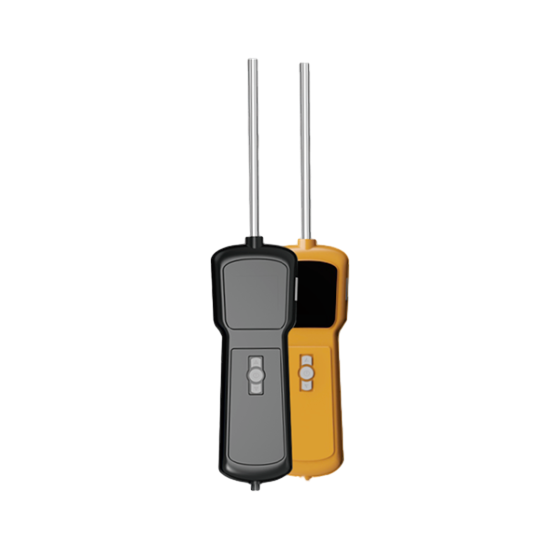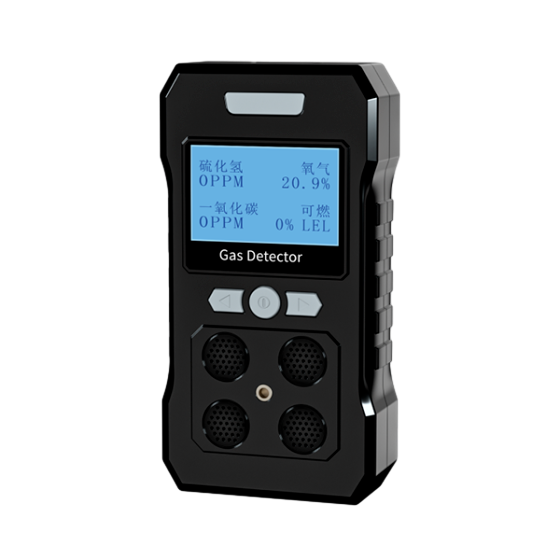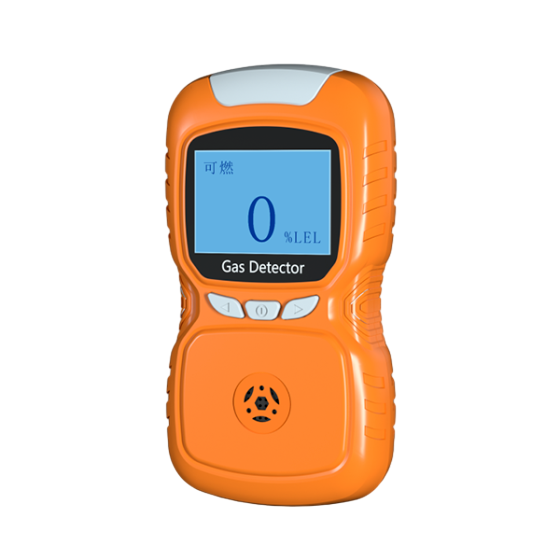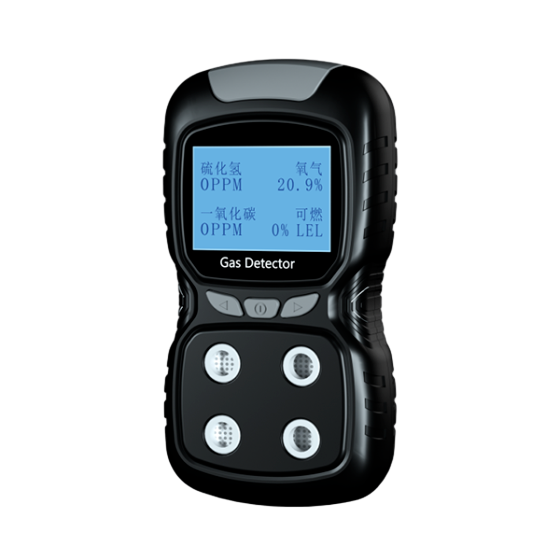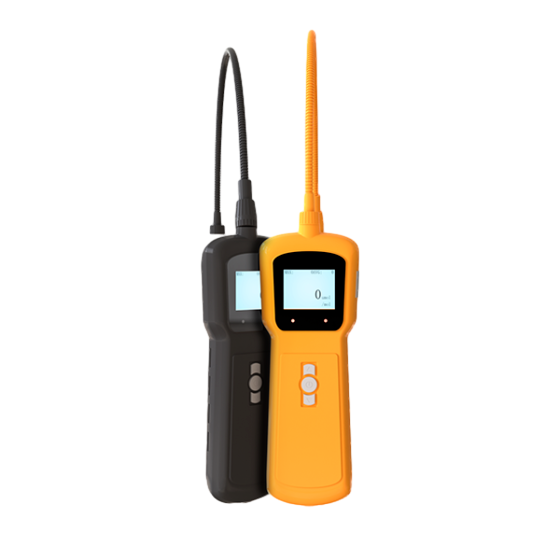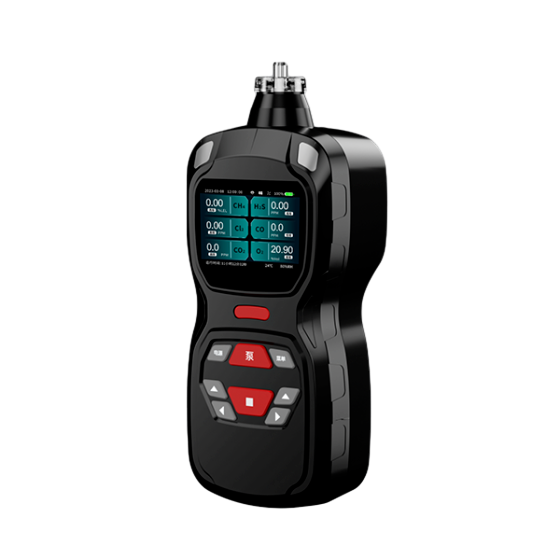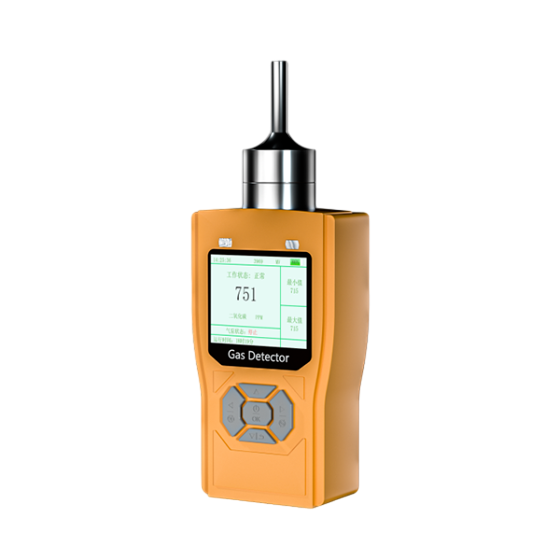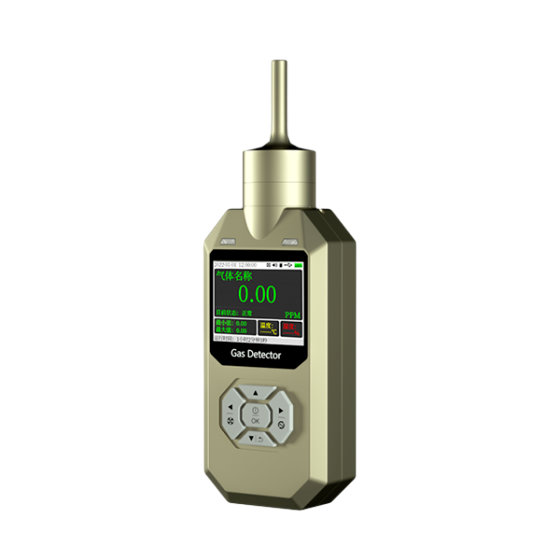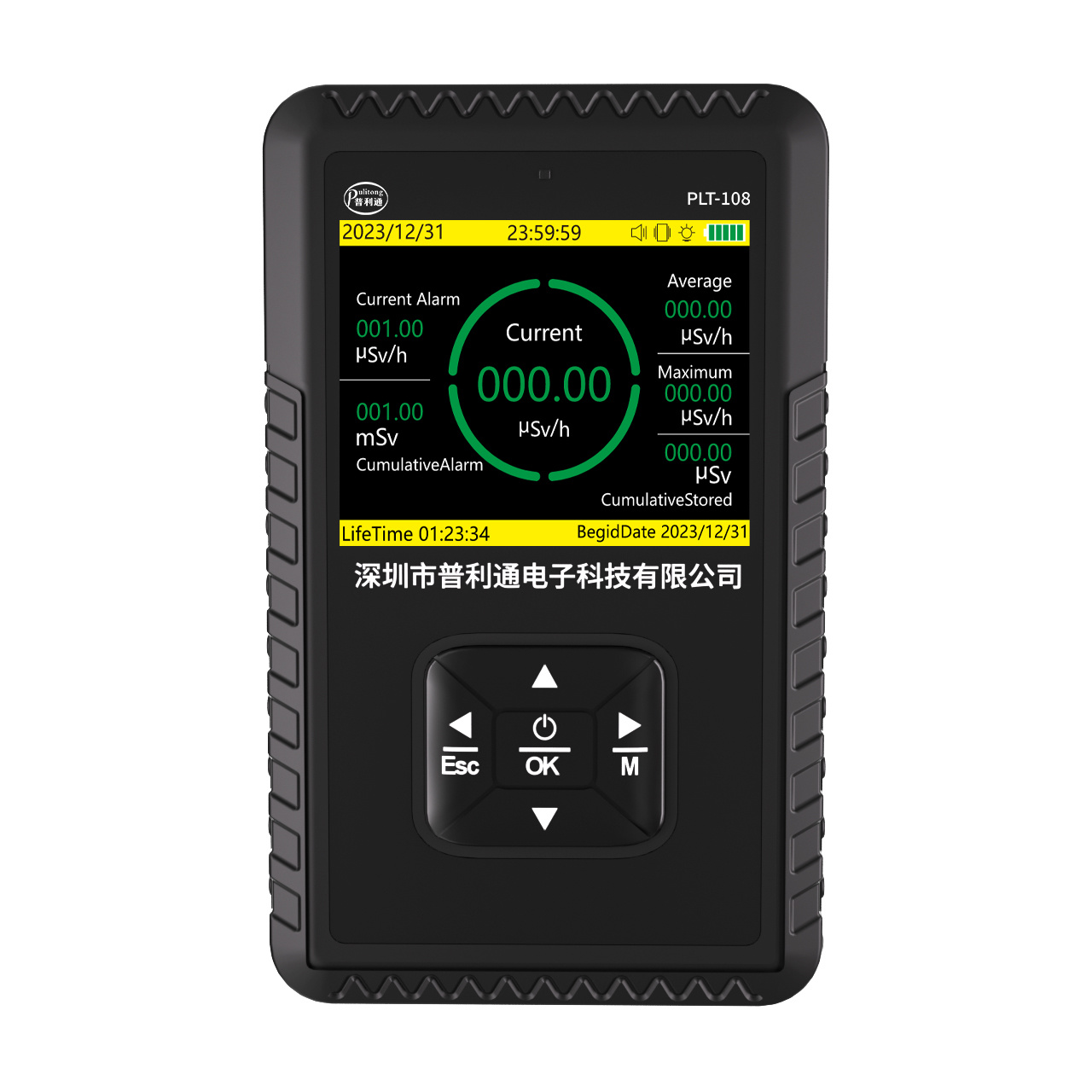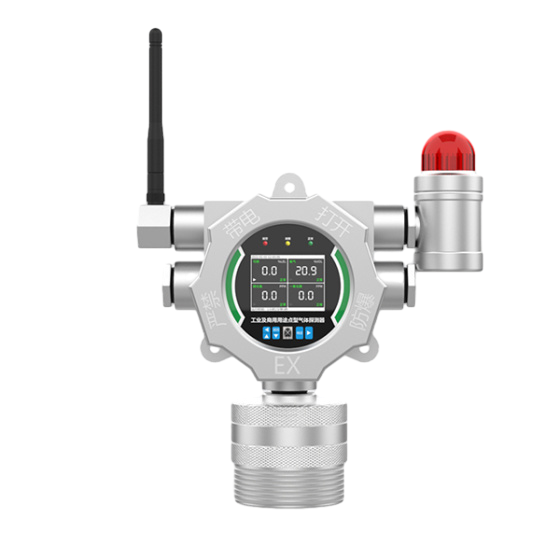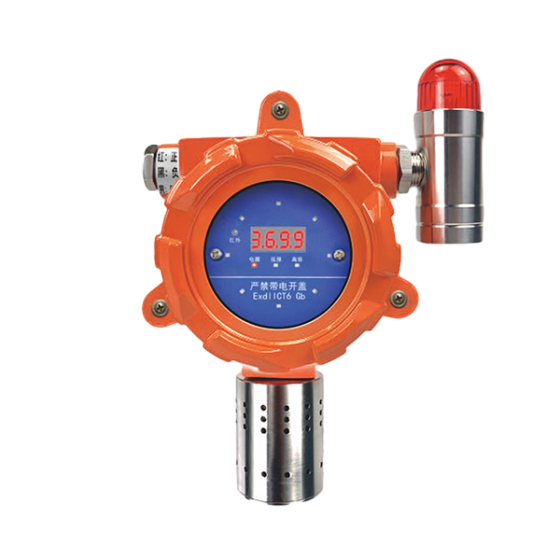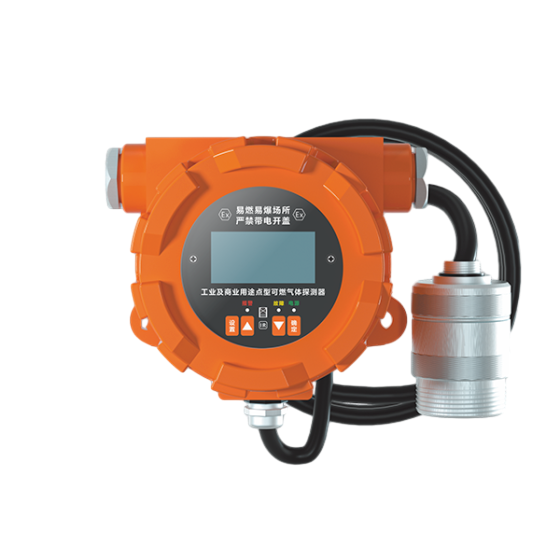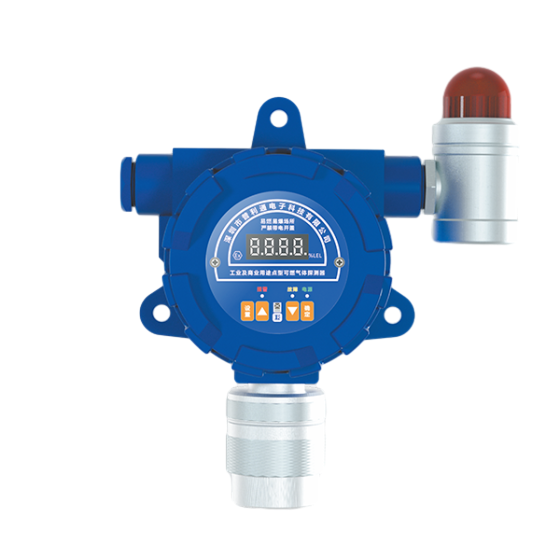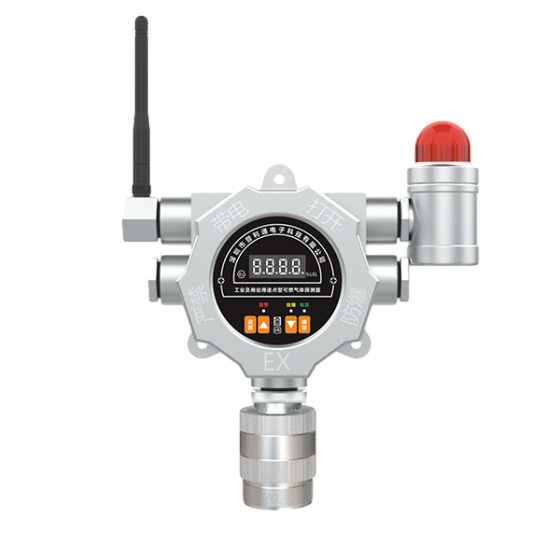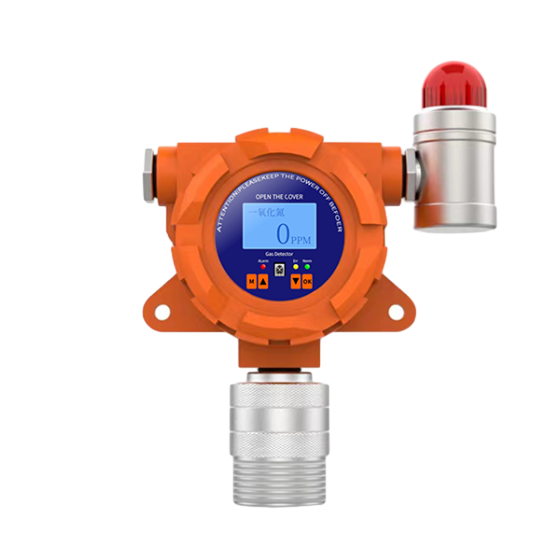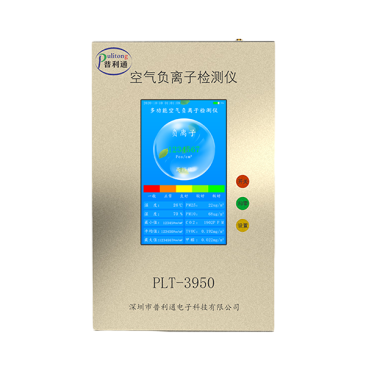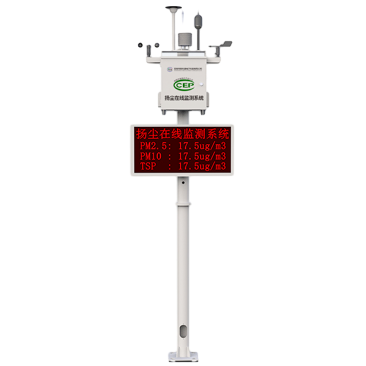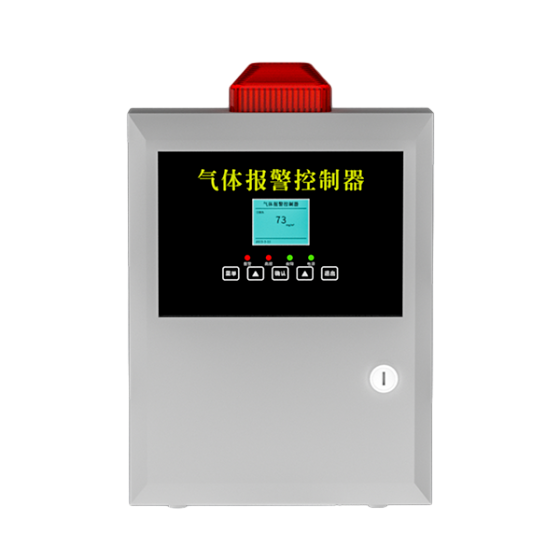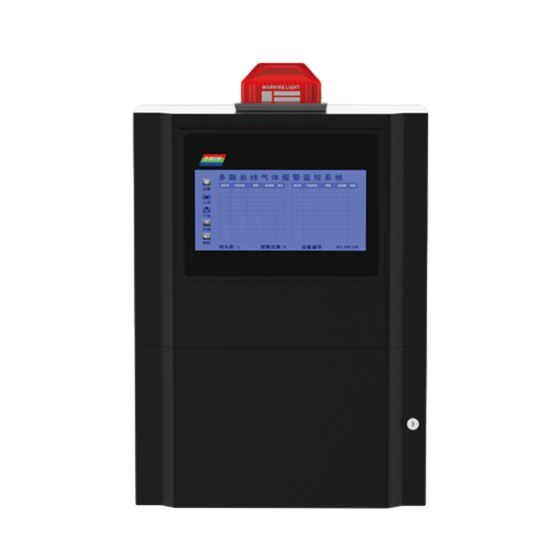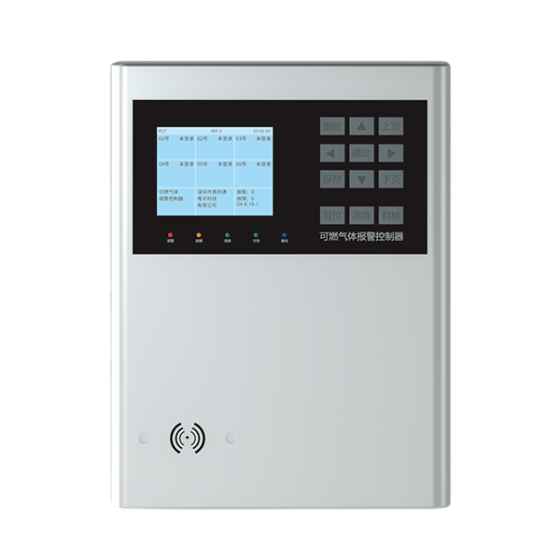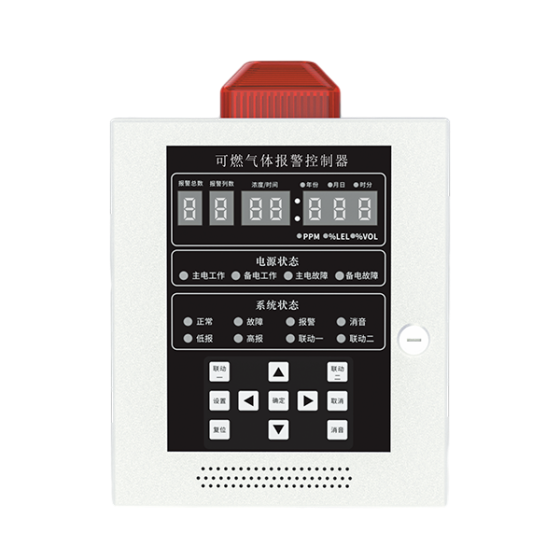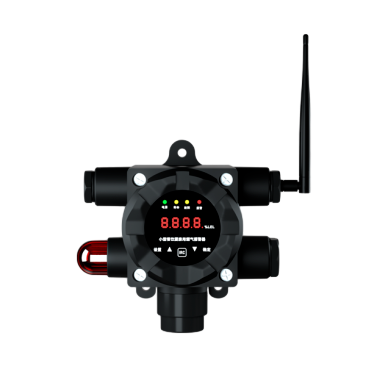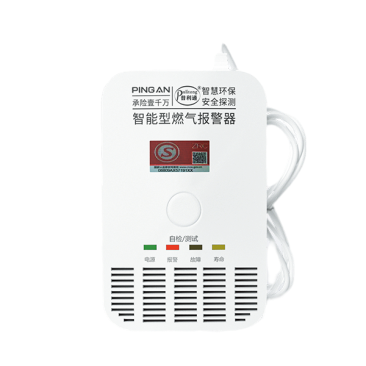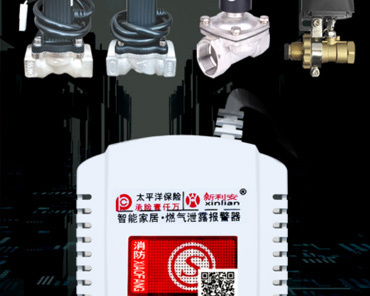Stay Safe: The Essential Guide to Carbon Monoxide Alarms
2025-05-24
Understanding Carbon Monoxide
Carbon monoxide (CO) is an invisible killer, folks! This odorless, colorless gas can sneak up on you before you even know it's there. Generated by burning fuels like gas, wood, coal, or oil, it's crucial to know how to protect yourself and your loved ones. Enter the hero of our story: the Carbon Monoxide Alarm!
Why You Need a Carbon Monoxide Alarm
So, why should you even care about a Carbon Monoxide Alarm? Well, here’s the deal: according to the CDC, CO poisoning is responsible for thousands of emergency room visits each year. And that’s just the tip of the iceberg! Installing a reliable alarm can mean the difference between life and death. It’s like having a guardian angel watching over you while you sleep.
How Does a Carbon Monoxide Alarm Work?
These nifty devices work by monitoring the levels of CO in the air. When it detects a dangerous concentration, it will sound an alarm, alerting you to the potential danger. Some models even come equipped with digital displays showing real-time CO levels, which is pretty neat!
Choosing the Right Alarm
Not all alarms are created equal, my friend! When shopping for a Carbon Monoxide Alarm, keep an eye out for the following features:
- Battery Backup: In case of a power outage, you don’t want to be left in the dark—literally!
- Digital Display: It’s helpful to see the levels of CO you’re dealing with.
- Interconnectivity: Some alarms can communicate with each other, so if one goes off, they all do!
- Easy Installation: Look for models that come with clear instructions—no one needs a DIY disaster!
Placement is Key!
Alright, let’s talk placement! You wouldn’t want to stick your Carbon Monoxide Alarm just anywhere. Here are a few tips:
- Install at least one alarm on every level of your home, especially near sleeping areas.
- Keep them away from windows, doors, and vents to avoid false alarms.
- Mount them on the wall or ceiling, following the manufacturer's instructions.
Maintenance Matters
Now that you’ve got your Carbon Monoxide Alarm set up, don’t just forget about it! Like any appliance, it needs a little TLC:
- Test Monthly: Press that test button to ensure it’s working properly.
- Change the Batteries: Every six months, swap out those batteries, even if the alarm isn’t beeping.
- Replace Every 5-7 Years: Technology changes, and so should your alarms. Mark your calendar!
Know the Signs of CO Poisoning
Uh-oh! What if your alarm goes off? Here are some telltale signs of CO poisoning to watch for:
- Headaches, dizziness, or confusion
- Nausea or vomiting
- Shortness of breath
If you or anyone in your home experiences these symptoms and your alarm is blaring, evacuate immediately and call for help. Don’t take any chances!
Final Thoughts
In a nutshell, a Carbon Monoxide Alarm is a small but mighty device that can save lives. By understanding its importance, choosing the right model, and maintaining it properly, you can protect your home and loved ones from this silent threat. So, don’t wait until it’s too late—get your alarm today!
Stay safe, stay smart, and let that Carbon Monoxide Alarm do its job!
Related Info
Combustible gas alarm maintenance
2020-07-03
2021-01-14








